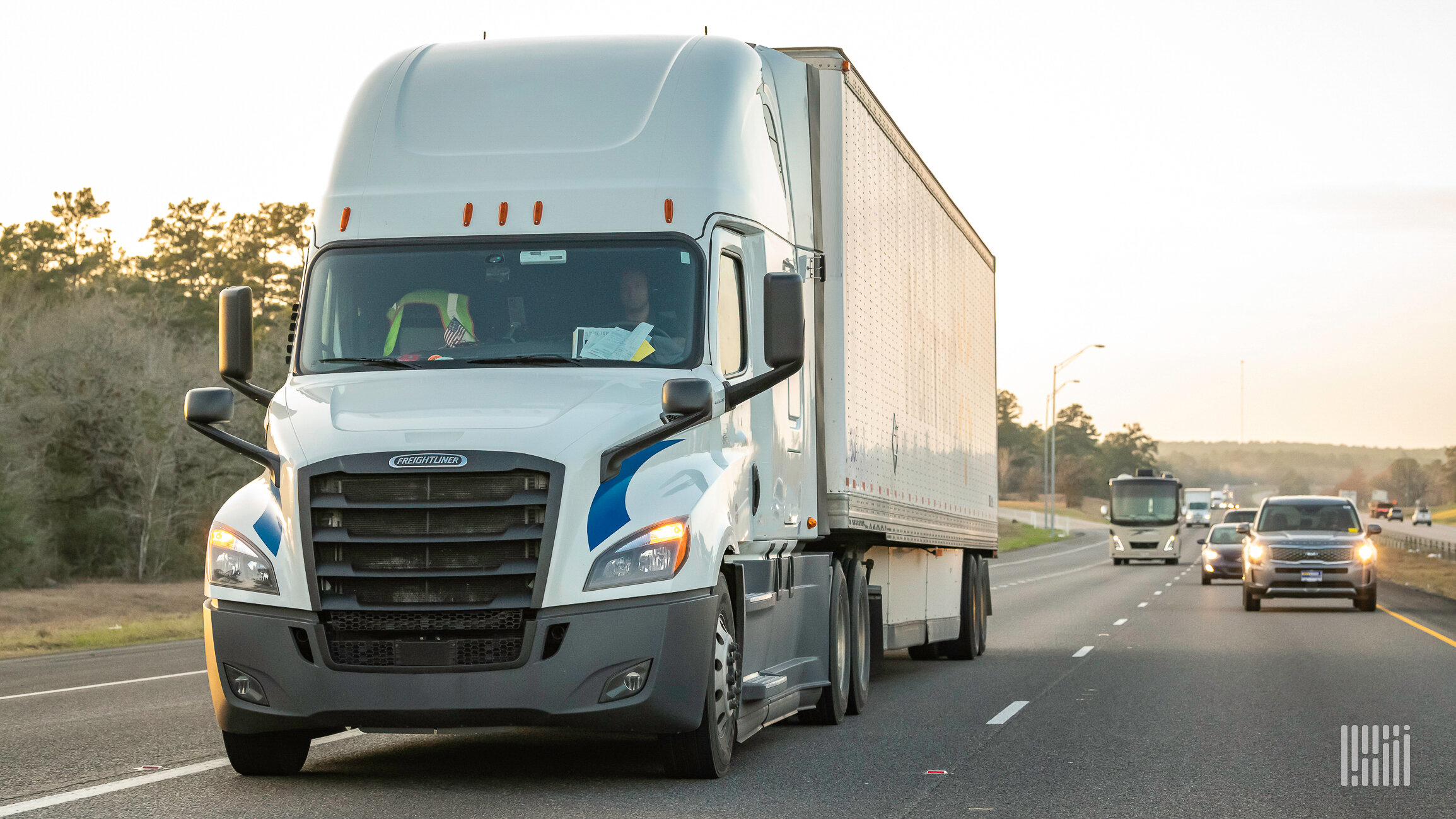
A weekly review of the Key Performance Indicators (KPIs) that all trucking companies should be tracking on a daily, weekly and monthly basis. These standardized KPIs are the foundation of the TCA Profitability Program’s inGauge Benchmarking Platform – the largest (and only) online benchmarking platform for the North American Truckload market.
There are endless Key Performance Indicators (KPIs) that can tell you if you’re getting the proper return on your investment in physical assets, both within trucking as well as withinother industries. However, how does a manager or business owner determine if you’re getting the proper return on your investment in Human Capital (your most valuable asset)? In this week’s edition of By the Numbers, we take a look at one of the most important KPIs that trucking enterprises should be tracking each month – Driver to Non-Driver Ratio.
Driver to Non-Driver Ratio: Definition and Formula
The Driver to Non-Driver Ratio is one of the easiest metrics to calculate for trucking companies. You simply divide the total number of active drivers (at end of month) by the total number of active non-drivers (at end of month).

The definition of ‘Driver’ does not need further explanation. However, what exactly is a ‘Non-Driver’? Historically, this is one of our most frequently asked questions. Within the TCA Profitability Program, we have very specific guidelines for what qualifies as a ‘Non-Driver’, and these guidelines flow through to the way we categorize revenue and expenses, via our TPP Chart of Accounts.
First off, we recommend that all companies seeking to benchmark their financial and operational performance versus their peers, properly categorize their operations into three primary ‘Activity Types’: 1) Company Fleet, 2) Owner Operator Fleet, and 3) Brokerage. Doing so builds significant credibility to comparative data, and more valuable insights to end users. This is not limited to just your financial data, it also applies to your operational data, including Miles, Drivers, Trucks and Loads, as well as personnel head counts. Some of these operational stats are easy to report, as Truck, Driver and Load counts are typically already categorized as Company vs Owner Op at the TMS level. For Non-Driver counts, there is more nuance, which requires companies allocate people to the primary Activity Type using another Operational statistic such Load Count or Miles. Once you’ve determined the most appropriate way to allocate your Non-Drivers, the key is to maintain the same method for consistency of results, and for trending/comparison purposes.
What is a Non-Driver?
A ‘Non-Driver’ includes any person within your trucking enterprise that: 1) Is not a driver (hence the term), or 2) Is not associated with your Internal Shop/Maintenance group (including Technicians, Parts/Service Managers, Maintenance directors etc). Essentially, Non-Drivers includes the count of all people from your Operations, Admin/Finance, Recruiting, Safety and Compliance departments.
Another consideration is Full versus Part Time employees and contractors. For both Drivers and Non-Drivers, it is important that your head counts incorporate Full Time Equivalent (FEL) calculations for accuracy purposes. See here for a definition of FEL calculation.
Significance of Driver to Non-Driver Ratio
The Driver to Non-Driver Ratio provides a manager or business owner with a reading on the amount of operating leverage they are getting from their people. Regardless of operating mode, the larger the number the better. Larger numbers, relative to your peers indicate a higher degree of human capital leverage. Further, higher numbers for this KPI indicates (among other items) increased tech utilization and generally a more sophisticated (and savvy) workforce. The Driver to Non-Driver Ratio has one of the strongest correlations to another very important KPI – Operating Ratio. The larger the Driver to Non-Driver Ratio, the smaller the Operating Ratio.
How does your Driver to Non-Driver Ratio stack up against similar companies? Find out, by booking a demo here.




















